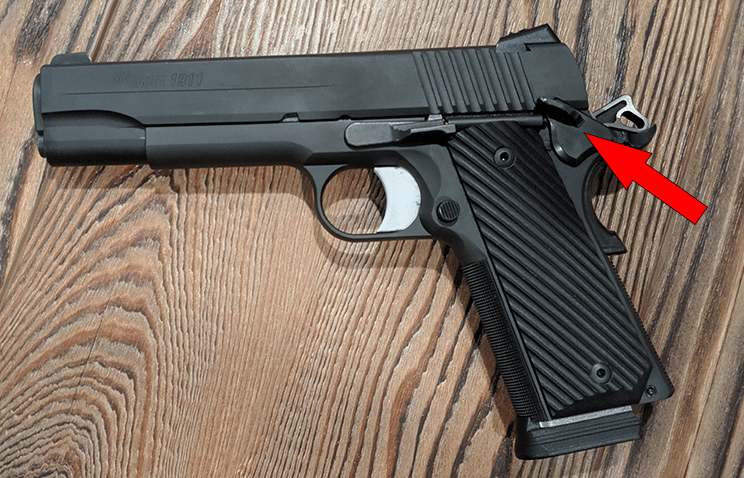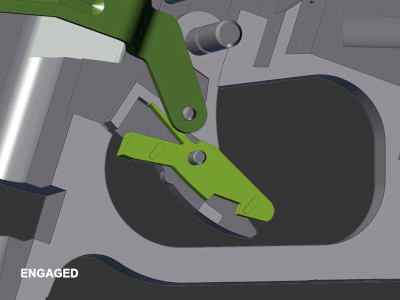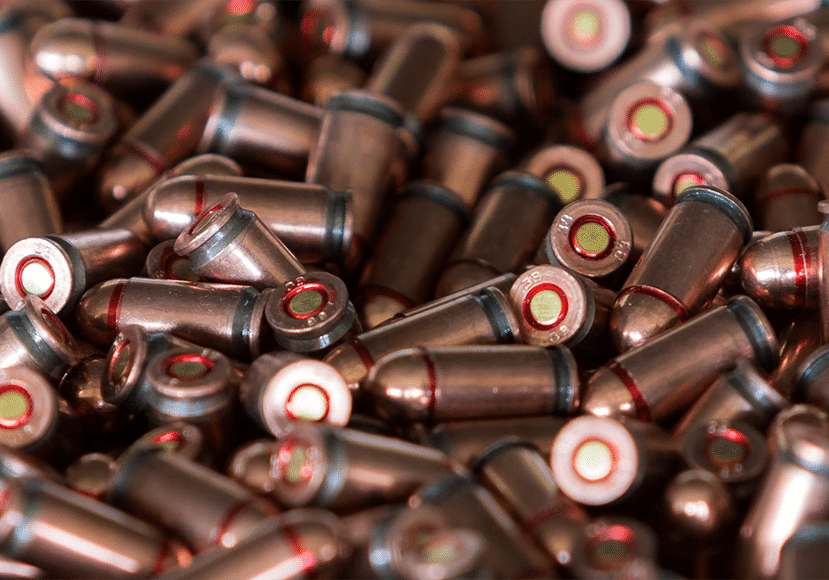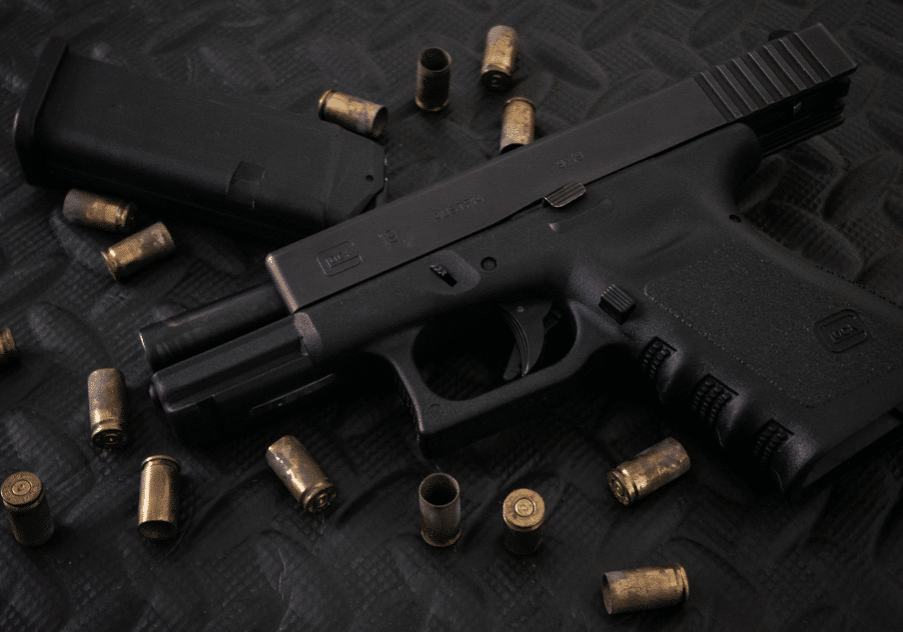Should You Carry a Pistol With a Manual Safety or Without One?
Should your self-defense pistol have a manual safety?
This is one of the most debated topics among firearm owners. I'd even dare to say it's the second most argued about topic after the never-ending pistol caliber debate.
Though I don't believe there's a simple yes or no answer, this guide will help walk you through the pros and cons of manual safeties.
Manual Safeties
A Manual Safety is typically a latch or button that prevents the trigger and/or firing mechanism from moving. On pistols, this most often takes the form of a "thumb safety."
When the thumb safety is set to the "safe" position, the gun cannot be fired. Often, the trigger can also not be moved.

Some pistols also have additional external safeties, like the grip safety on the 1911 pictured above or trigger safeties. Unlike manual safeties, these other external safeties are momentary meaning you have to actively actuate them to take a shot. For example, the grip safety lever must be pressed to fire a 1911.
In contrast, a pistol with only a manual safety would be able to fire so long as the safety was in the "fire" position, as opposed to "safe."
Pistols Without Manual Safeties
Carry pistols without manual safeties are sometimes thought to be a modern phenomenon, but double-action handguns without them have been carried for over a century. Double-action handguns usually have long and heavy trigger pulls which adds some degree of safety against accidental discharges.
Most people today, however, opt for striker-fired pistols. Striker-fired pistols have much shorter and lighter triggers than traditional double-action pistols.
Despite this, many manufacturers make striker-fired pistols both with or without manual safeties. In fact, some manufacturers only make these pistols without manual safeties.

In place of manual safeties and heavy DA triggers, Glock pistols have a number of other safety mechanisms. They use the "Safe Action System" consisting of:
- Trigger Safety
- Firing Pin Safety
- Drop Safety

Glock Trigger Safety
These mechanisms primarily prevent accidental discharges in the event a pistol is dropped, but the trigger safety can also prevent accidental discharge if lateral pressure is placed on the trigger.
Manual Safety Advantages
If comparing two otherwise identical guns, one with a manual safety and one without, the one with the safety will prevent more accidental discharges.
Most of these potential accidental discharges would also be preventable by following gun safety rules like "Keep your finger off the trigger until your sights are on target and you have made the decision to shoot." Mistakes and accidents do happen though, so a manual safety can sometimes protect you if you break a rule.
(Speaking of gun safety rules, "Don't rely on your gun's safety" is another crucial one. A manual safety is NOT an excuse to break any of the other gun safety rules.)
Here are a few scenarios where a manual safety could prevent an accidental discharge:
- Drawing your pistol from a holster that does not properly shield your trigger.
- Poor trigger discipline in a high-pressure self-defense situation.
- If an attacker gained access to your firearm, a safety could momentarily prevent them from using your weapon against you.
Again, these scenarios could be prevented with proper foresight, training, and safety precautions.
I'm not personally a fan of manual safeties for the reasons below, but some people only feel comfortable carrying a pistol with one. If that's your situation, I'd tell you any gun is better than no gun when you need it. Manual safeties are also a better alternative to not carrying your pistol with a round in the chamber if those are options your weighing.
The final major reason to carry a pistol with a manual safety would be if it was required by any law in your area.
Manual Safety Disadvantages
The biggest knock against a manual safety is that it's one more thing to think about in a high-pressure situation. In a self-defense scenario, you better make sure to disengage the safety once you decide to shoot. A moment of forgetfulness or fumbling could be the difference between life and death.
Consistent training can likely help you to avoid this, but I'd prefer to avoid this possibility altogether. I feel better knowing that all I have to do is draw, aim, and pull the trigger.
The addition of a manual safety also creates more parts of your gun that can malfunction. The risks of this are small, but not zero. More parts mean more that can fail.
Choosing for Yourself
When deciding whether to select a carry pistol with a manual safety or one without a safety, confidence is the most important thing. Though no manual safety offers some advantages, it won't matter if you're too uncomfortable to actually carry it.
A few people I know bought a pistol with a manual safety as their first carry gun, then changed sides after they became more comfortable with firearms.
Whichever choice you make, you'll have a better chance defending yourself than if you had no gun.




